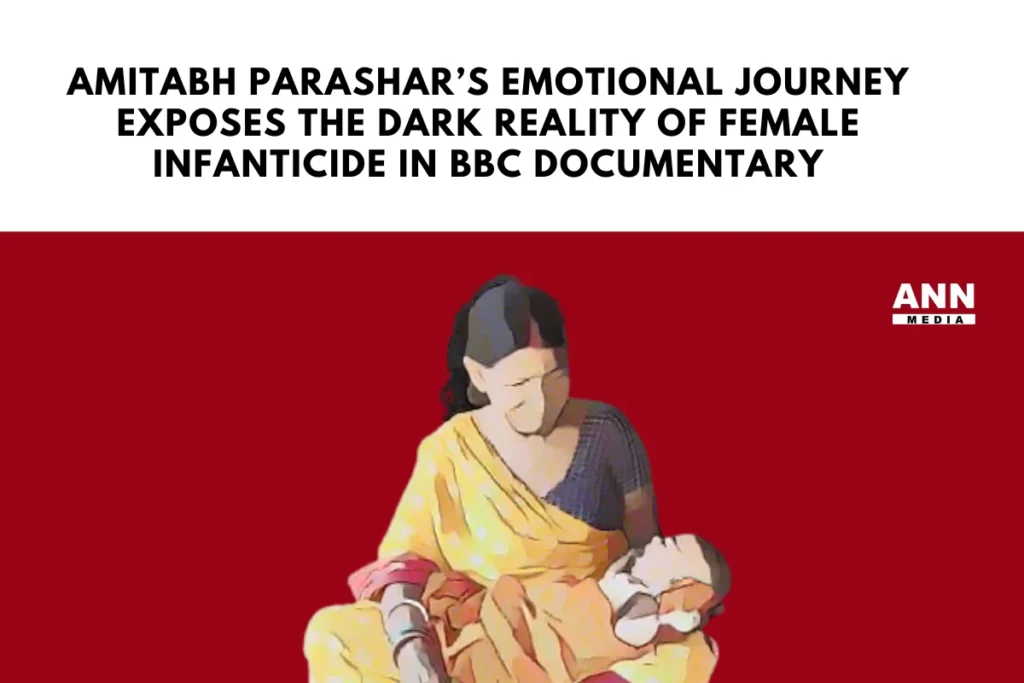
Amitabh Parashar’s Journey in The Midwife’s Confession
By the time journalist Amitabh Parashar appears in The Midwife’s Confession, viewers are deeply connected to his emotional journey. Early in the documentary, he joins a group of men in Katihar, Bihar, who rescued an abandoned baby girl. On the way, they recount how they saved the infant by removing ants from her eyes and rushing her to the hospital. With tears in his eyes, Parashar thanks them for their bravery.
This is just one of the many stories Parashar has covered over nearly three decades.
Uncovering the Horror of Female Infanticide
Parashar’s journey began in 1995, when, as a new journalist, he uncovered a disturbing pattern of female foeticide. He soon discovered midwives were being ordered by families to kill newborn girls. Over time, Parashar gained the trust of these women, leading them to confess their horrifying actions on camera.
This serves as the core of The Midwife’s Confession, a BBC documentary that dives into the grim history of female infanticide and the campaigns that empowered midwives to save infants instead. The two-part series, produced by BBC Eye, is currently available on BBC News and YouTube.
The Faces Behind the Documentary
Besides being the film’s central character, Parashar also co-directed the documentary with Syed Ahmed Safi. The executive producers include Anubha Bhonsle and Daniel Adamson, with Ankur Jain as the India series producer. Neha Tara Mehta produced the film, and Abhinav Tyagi served as the editor.
In an interview with Newslaundry during a private screening in Delhi, Parashar reflected on the emotional toll of covering these stories. “As journalists, we’re trained to stay detached,” he said. “But sometimes, abandoning the story after it’s done feels wrong.”
Midwives’ Heartbreaking Confessions
The documentary features raw and unflinching confessions from midwives who were forced to kill newborn girls. Hakiya Devi admits to killing 12 to 13 babies, while Dharmi Devi confesses to killing up to 20. They reveal how families pressured them to carry out these acts, paying as little as Rs 100 to ensure the murder of their daughters.
During the 1990s, these midwives, often from marginalized communities, earned as little as Rs 10-20 per delivery. Tragically, many used the payments from killing infants to save for their own daughters’ dowries.
A 1996 report, cited in the documentary, estimated that 35 midwives in each district of Bihar murdered at least 1,000 babies per year.
Breaking the Cycle
The documentary also highlights the efforts of social activist Anita Kumari, who convinced midwives to bring unwanted babies to her instead of killing them. One of these rescued infants, Monica Thatte, now an adult, was adopted by a Pune family in the late 1990s.
The Midwife’s Confession follows Monica as she returns to Bihar to meet the women who likely saved her life. Her emotional reunion with Anita Kumari and another midwife, Siro, is one of the documentary’s most powerful moments, leaving audiences in tears.
A Sensitive Portrayal of a Broken System
Parashar’s ability to see the midwives not as criminals but as victims of a deeply flawed system shines through in The Midwife’s Confession. The film captures their plight with compassion, showing how poverty, dowry pressures, and social status led them into this tragic cycle.
for more updates follow ANN MEDIA on facebook , X , Instagram and Linkedin





